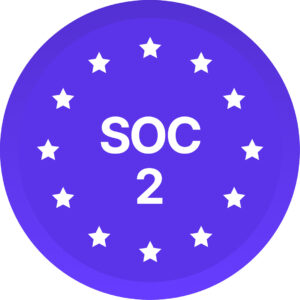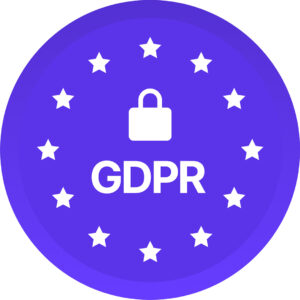Employee engagement isn’t just a nice-to-know metric anymore, it’s a game changer. Talent and innovation move fast and the companies that listen closely and turn that feedback into real, meaningful learning opportunities? They’re the ones pulling ahead.
This shift marks a fundamental evolution: from passive measurement to active transformation.
Hidden value of engagement: More than a feel-good metric
Many companies collect employee engagement data, but few know what to do with it. The cost of inaction is staggering:
- Only 36% of employees are engaged in their work.
- Disengaged employees cost organizations between $450-$550 billion annually in lost productivity, absenteeism, and turnover.
- Organizations with high engagement levels see 21% higher profitability.
But these aren’t just statistics, they’re missed opportunities. Behind every low engagement score is a story about unmet needs, skills not being developed, leaders lacking support, and systems that aren’t working.
Breaking free from the old measurement cycle
For decades, engagement measurement meant annual surveys. These were long, tedious, and failed to capture the real-time employee experience. The result? Static snapshots that were outdated by the time they hit the executive table.
This approach doesn’t reflect how we work today, remote, agile, dynamic, and increasingly influenced by fast-changing external factors.
Companies that want to be proactive need to evolve from these rigid systems into continuous, data-rich environments that generate meaningful insights on the fly.
The new model: Continuous insight generation
Today’s leading organizations are moving from check-box engagement to a real-time, insight-driven approach. Here’s how:
1. Real-time data collection
Modern engagement tools allow organizations to track sentiment through:
- Pulse surveys delivered monthly or quarterly
- AI-driven sentiment analysis from communication platforms
- Continuous feedback loops that capture evolving team dynamics
Real-time feedback gives leaders a chance to course-correct before things get worse. Whether it’s burnout, confusion, or low morale, you can step in early before small issues turn into bigger problems.
2. Granular pattern recognition
Advanced analytics allow organizations to:
- Spot systemic issues across departments
- Understand team-specific motivators
- Identify engagement gaps by role, function, or demographic
For example, a data-driven organization may discover that junior staff in one department feel underrecognized, while senior staff in another feel unclear about their development path. Rather than apply one-size-fits-all fixes, the company can tailor interventions.
3. Targeted intervention strategies
This is where engagement meets action. With the right insights, organizations can:
- Build custom learning paths based on role, level, and goals
- Offer just-in-time training to support leadership, communication, or wellbeing
- Create feedback-to-growth pipelines, where feedback is directly linked to development opportunities
Technology is the enabler, not the solution
What’s powering this transformation? A new generation of workplace technology that connects the dots between how people feel and how they grow.
AI-powered insights
Natural language processing, machine learning, and predictive analytics can now sift through thousands of feedback points to:
- Identify recurring concerns or friction points
- Predict employee turnover risk
- Provide actionable summaries to managers and HR teams
This empowers leaders to be proactive instead of reactive.
Integrated learning platforms
LMS platforms have evolved. Today’s systems offer:
- Personalized learning recommendations based on engagement insights
- Adaptive content that aligns to employee goals and company strategy
- Skill-gap identification based on feedback and performance
The result is a continuous learning loop where engagement fuels development, and development fuels engagement.
Conclusion
The bottom line? Listening to employees in real time and responding with purpose is essential for retention, performance, and growth. But feedback alone isn’t enough. The real magic happens when you turn those insights into learning that sticks. That’s where we’re headed next.
So what’s next?
In Part 2, explore how to build a learning-driven engagement strategy that turns insights into action. You’ll learn how to move from reactive training to continuous growth, and how to design learning experiences that meet people where they are and help them get where they’re going.
Keep reading to turn data into development.

